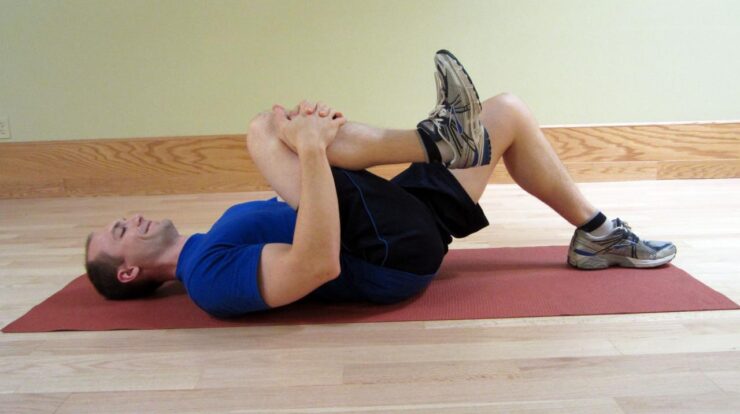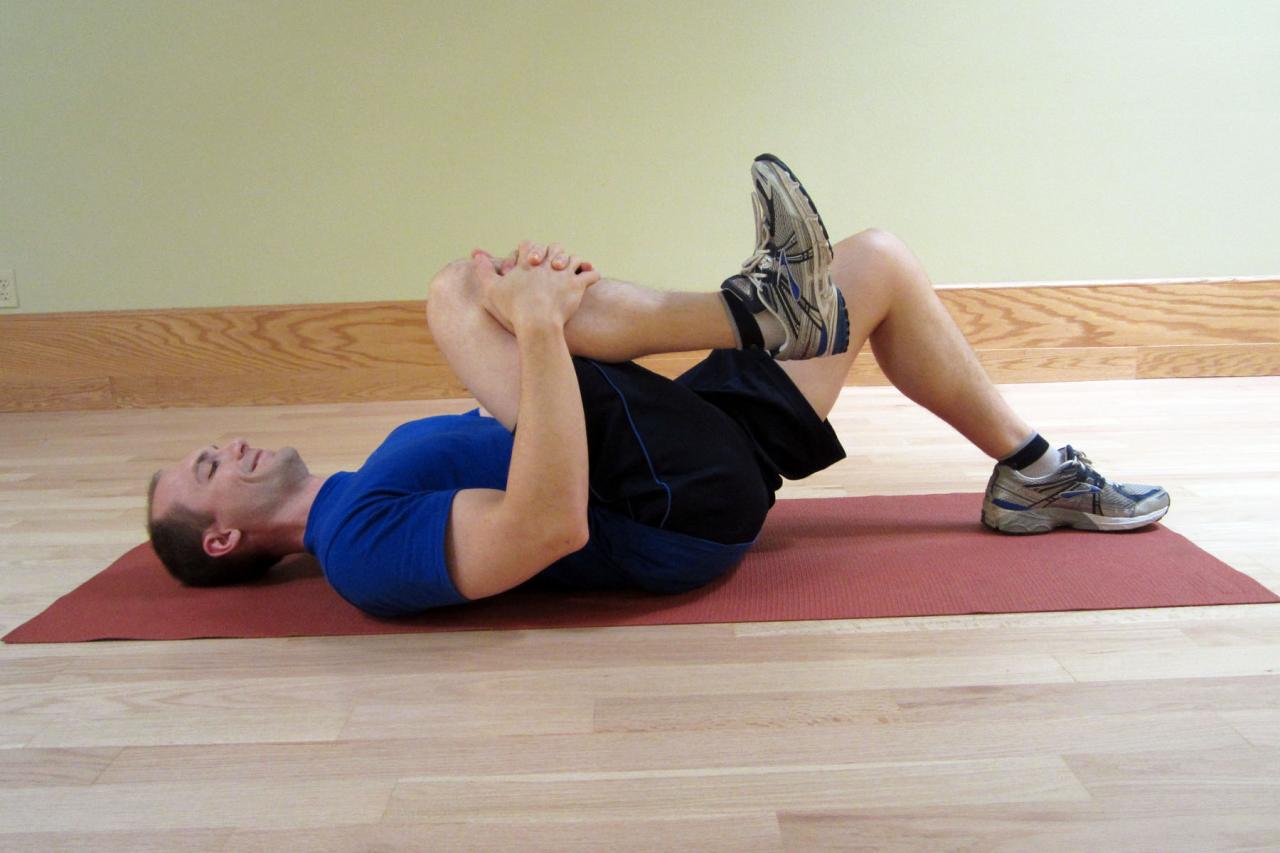
Explain why regular exercise is the best way to prevent flexibility issues. – In the realm of physical well-being, flexibility stands as a cornerstone for maintaining optimal mobility and reducing the risk of injuries. Regular exercise emerges as the champion in this pursuit, offering a comprehensive solution to prevent flexibility issues and unlock a life of uninhibited movement.
Through a series of physiological mechanisms, exercise nourishes the body’s connective tissues, enhancing their elasticity and resilience. It promotes the production of synovial fluid, the lubricant that bathes our joints, ensuring smooth and pain-free movement. Moreover, exercise strengthens the muscles surrounding the joints, providing stability and support, reducing the likelihood of strains and sprains.
Regular Exercise: The Key to Flexibility and Joint Health: Explain Why Regular Exercise Is The Best Way To Prevent Flexibility Issues.

Maintaining flexibility is crucial for overall mobility, reducing the risk of injuries, and improving quality of life. Regular exercise plays a vital role in preventing flexibility issues and promoting joint health.
Explain how regular exercise improves joint flexibility
Exercise enhances joint flexibility by increasing the production of synovial fluid, which lubricates and nourishes the joints. It also strengthens the muscles and tendons surrounding the joints, providing stability and support. Additionally, exercise promotes the production of collagen and elastin, which are essential for maintaining healthy connective tissues and improving flexibility.
Explore the role of exercise in preventing flexibility issues
Regular exercise helps maintain healthy connective tissues by promoting blood flow and nutrient delivery to the joints. It also strengthens the muscles and tendons, which helps protect the joints from excessive stress and strain. Exercise can also improve muscle elasticity, which allows the muscles to stretch and contract more easily, reducing the risk of stiffness and tightness.
May all mothers, near and far, feel the love and gratitude of their families on this Mother’s Day. We wish you a Happy Mother’s Day filled with joy and cherished moments.
Compare the effectiveness of different exercise types for flexibility, Explain why regular exercise is the best way to prevent flexibility issues.
Different types of exercise can vary in their effectiveness for improving flexibility. Dynamic stretching, which involves moving the joints through their full range of motion, is particularly effective. Examples include leg swings, arm circles, and torso twists. Yoga and Pilates are also excellent choices for improving flexibility, as they involve a combination of dynamic and static stretching, as well as strength training.
Create a comprehensive exercise plan for improving flexibility
To effectively improve flexibility, it is important to incorporate a variety of exercises into a regular routine. This plan should include:
- Dynamic stretching: Perform 5-10 repetitions of each exercise, holding each stretch for 10-15 seconds.
- Static stretching: Hold each stretch for 20-30 seconds, repeating 2-3 times.
- Yoga or Pilates: Practice 2-3 times per week for at least 30 minutes each session.
Discuss the importance of warming up and cooling down for flexibility
Warming up before flexibility exercises prepares the body for movement and reduces the risk of injury. Begin with light cardio and dynamic stretching to increase blood flow and muscle temperature. After flexibility exercises, cool down with static stretching to relax the muscles and improve range of motion.
Share tips for staying motivated and consistent with flexibility exercises
To stay motivated and consistent with flexibility exercises, set realistic goals, track your progress, and find an exercise routine that you enjoy. Consider working with a trainer or joining a class for support and accountability.
Stiff and tight muscles can contribute to back pain by reducing flexibility and range of motion, as explained in this article . Regular exercise is crucial for maintaining flexibility and preventing these issues, as discussed in this article .
Final Thoughts

In conclusion, regular exercise reigns supreme as the most effective means of preventing flexibility issues. Its multifaceted benefits extend far beyond mere physical enhancements, fostering a sense of well-being and empowering individuals to live an active and fulfilling life. Embracing a consistent exercise routine is an investment in one’s future mobility, ensuring a lifetime of graceful movement and reduced risk of flexibility-related ailments.
FAQs
How often should I exercise to improve flexibility?
To those who have lost their mothers, we extend our heartfelt condolences on this special day. We honor the memory of all mothers, both on Earth and in Heaven, and wish them a Happy Heavenly Mother’s Day .
Aim for at least two to three flexibility sessions per week.
What types of exercises are best for flexibility?
In the spirit of Mother’s Day, we wish all mothers a Happy Mother’s Day . May you have a wonderful day filled with love and appreciation.
Yoga, Pilates, and dynamic stretching are excellent choices.
How long should I hold each stretch?
Hold each stretch for 15-30 seconds.
Is it important to warm up before stretching?
Yes, warming up helps prepare the body for stretching and reduces the risk of injury.
How can I stay motivated to do flexibility exercises?
Set realistic goals, find an activity you enjoy, and track your progress.





